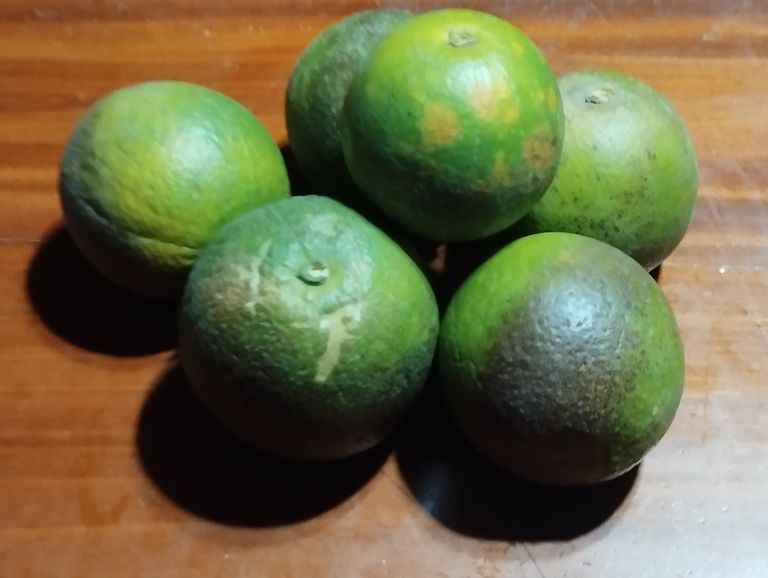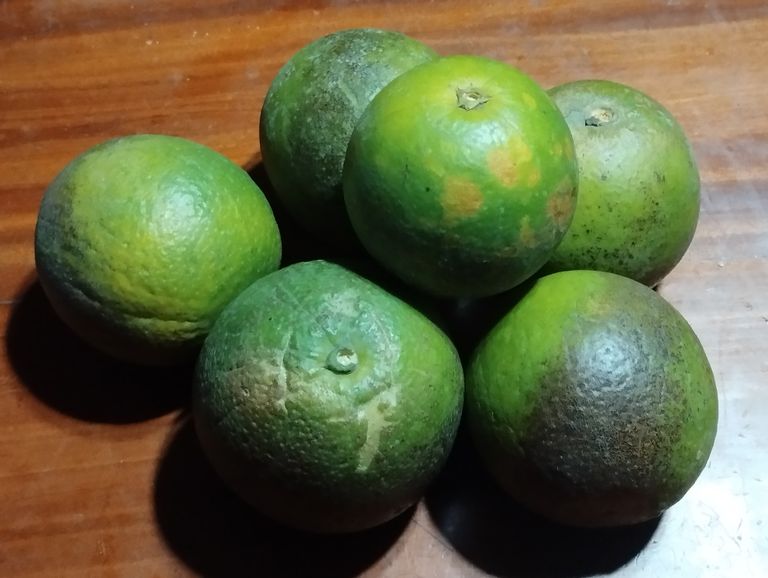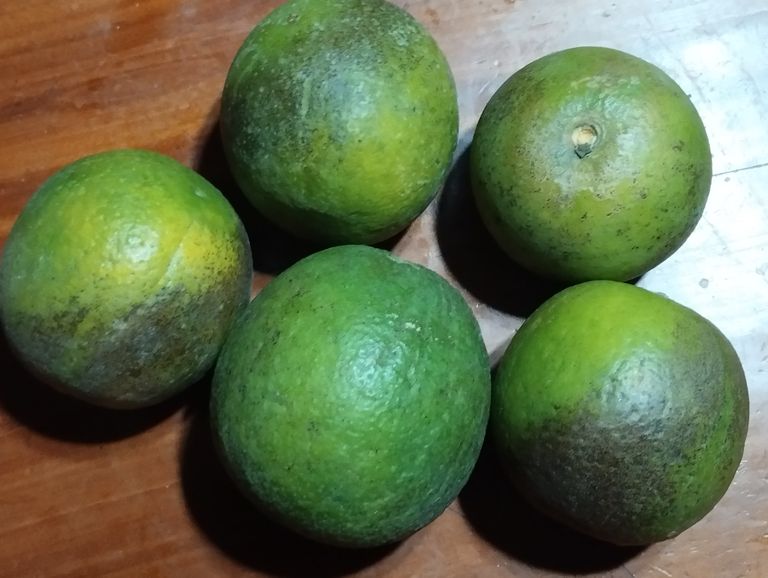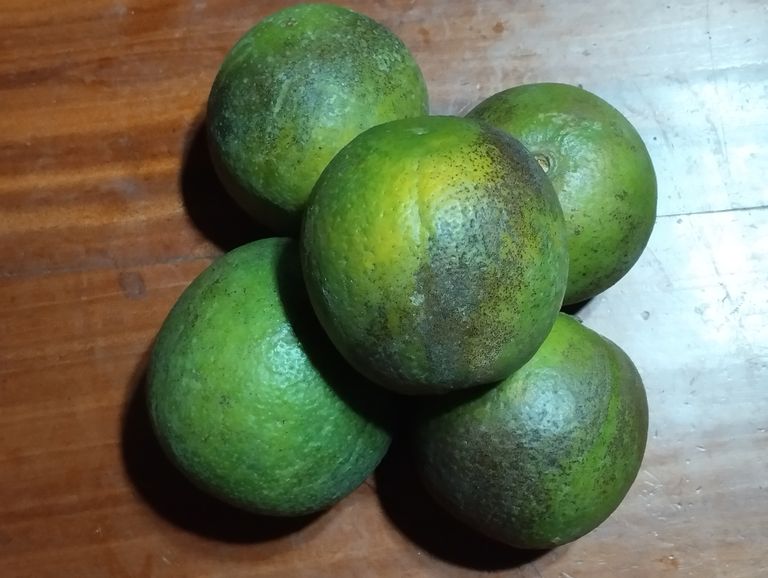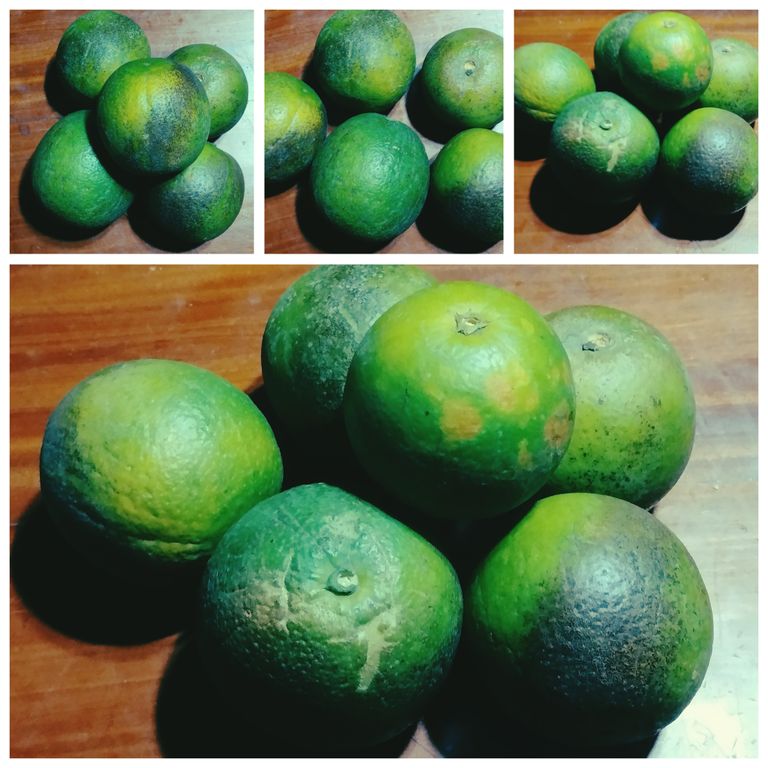
Complete Guide to Malta Cultivation A Step-by-Step Process.
Introduction: Malta, also known as sweet orange, is a popular citrus fruit known for its juicy, sweet, and slightly tangy flavor. Originating from South Asia, Malta is now widely cultivated in subtropical regions. Its rich Vitamin C content makes it a highly sought-after fruit. In this article, we’ll explore the proper cultivation methods for Malta, including climate requirements, soil preparation, planting techniques, and care management.
- Climate Requirements:
Malta thrives in subtropical climates, where temperatures range from 12°C to 30°C. It requires a dry and cool winter for flowering and fruiting, and a hot summer to enhance the sweetness of the fruit.
Ideal Temperature: 15°C to 25°C during fruit development
Rainfall: Moderate rainfall is necessary, but excess moisture can lead to root rot. Proper drainage is crucial.
Sunlight: Malta needs plenty of sunlight—at least 6-8 hours of direct sunlight daily for optimal growth and fruit quality.
- Soil Preparation:
The right soil can make or break your Malta cultivation. Malta grows best in well-drained, loamy soils with a pH level between 5.5 to 7.0.
Soil Texture: Sandy loam or clay loam soils are best, as they retain enough moisture without becoming waterlogged.
Nutrient Content: Before planting, it is advisable to enrich the soil with organic compost or well-decomposed cow dung.
Land Preparation: Plow the field 2-3 times to achieve a fine tilth and remove weeds. Ensure that the soil is aerated and well-drained.
- Propagation Methods:
There are two primary methods of propagating Malta plants: seeds and grafting.
Seed Propagation: Though easy, seed propagation takes a longer time to bear fruit, sometimes up to 5-7 years.
Grafting: This is the most recommended method for commercial cultivation. Grafted plants start bearing fruits earlier, typically within 3-4 years, and produce higher yields.
- Planting Process:
Malta trees should be planted during the monsoon season for best results, as the moist soil helps in root establishment. Follow these steps for planting:
Spacing: Keep a distance of 4-5 meters between trees to allow proper growth and sunlight penetration.
Planting Hole: Dig a hole of about 60 cm x 60 cm x 60 cm. Fill it with a mixture of topsoil and organic compost.
Planting Depth: Ensure that the root ball is placed slightly above ground level to prevent waterlogging around the base.
- Irrigation and Water Management:
Young Malta plants require regular irrigation, especially during dry spells. However, overwatering can harm the roots.
Initial Irrigation: Water the plants immediately after planting and during the initial 2-3 years, water every 7-10 days.
Mature Trees: Once the trees are established, they need less frequent irrigation—about every 2 weeks in dry conditions.
Avoid Waterlogging: Always ensure the soil is well-drained. Drip irrigation can be a good option to maintain moisture without overwatering.
- Fertilization:
Fertilization is crucial to enhance fruit quality and yield. Malta trees benefit from balanced nitrogen, phosphorus, and potassium (NPK) fertilizers.
Fertilizer Application: Start applying fertilizers after 3 months of planting. Use organic manure or NPK fertilizers in appropriate doses.
Frequency: Fertilize twice a year—once in the early spring and once after the monsoon. Apply additional nutrients like calcium and magnesium to prevent deficiencies.
- Pruning and Training:
Pruning is necessary to remove dead or diseased branches and to encourage healthy fruit-bearing shoots.
Initial Pruning: In the first year, focus on training the plant by allowing it to develop a strong central leader.
Maintenance Pruning: Once the tree is mature, prune every 2-3 years to remove old wood, thin the canopy, and improve air circulation.
- Pest and Disease Management:
Common pests and diseases in Malta cultivation include:
Pests: Citrus psylla, aphids, and fruit flies.
Control Measures: Use neem oil or insecticidal soap to prevent pest infestations. Pheromone traps can also help control fruit flies.
Diseases: Citrus canker, powdery mildew, and root rot.
Control Measures: For fungal diseases, use fungicides containing copper. Ensure proper drainage to prevent root diseases.
- Harvesting:
Malta fruits are usually ready for harvest 7-9 months after flowering. The fruit should be harvested when it reaches its full size and develops a rich orange color.
Harvesting Time: Typically during December to March.
Harvesting Method: Use sharp pruning shears to cut the fruit from the tree without damaging the branches. Avoid pulling the fruit, as it can harm the tree and affect future yields.
- Post-Harvest Care:
Proper post-harvest care ensures the fruit remains fresh for a longer period and maintains its market value.
Storage: Store the fruits in a cool, dry place. If stored in a refrigerator, Malta can last up to 4-6 weeks.
Packing: Pack the fruits in ventilated crates or baskets to avoid damage during transportation.
- Yield:
On average, a well-maintained Malta tree can produce 50-100 fruits per year. The yield increases with age, reaching up to 200 fruits as the tree matures over time.
Conclusion:
Cultivating Malta requires patience and attention to detail, but the rewards are well worth it. By following the proper practices outlined in this guide—from soil preparation and planting to irrigation, pest control, and harvesting—you can ensure a healthy crop with high yields. Whether for commercial production or personal enjoyment, Malta cultivation can be a profitable and fulfilling endeavor.
